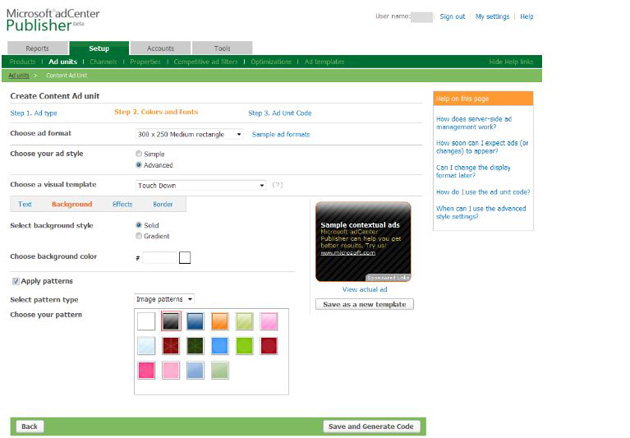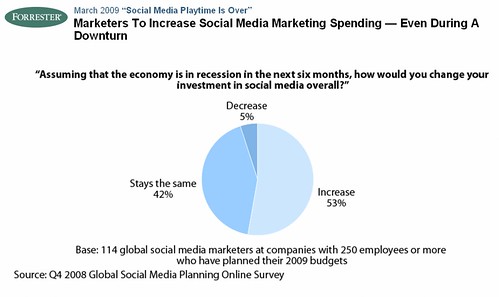 There were a lot of happy game developers among the 200 or so people who attended Thursday’siGames Summit, which was devoted to iPhone games.
There were a lot of happy game developers among the 200 or so people who attended Thursday’siGames Summit, which was devoted to iPhone games.
This week, Apple announced itsiPhone 3.0 update coming this summer would have a number of game-friendly features: a virtual goods platform, Bluetooth multiplayer, and peer-to-peer connectivity. The speakers game developers such as Tapulous, ngmoco, Booyah, Demiforce, Zynga and Social Gaming Network were all excited about the progress Apple has made in making a game-friendly platform.
With more than 30 million iPhone and iPod Touch users to target, the developers see more potential to make lasting businesses. By accident or design, Apple has created a vibrant game ecosystem that keeps on getting stronger. The game features that made the iPhone unique? The social nature of the games, the four-inch multi-touch screen and the accelerometer that detects tilting or shaking.
“Everywhere else I go, people are talking about how to survive,” said Ken Gullicksen, a partner at Morgenthaler Ventures who moderated a panel at the summit. “In this market, people don’t talk about that. The animal spirit is alive and well and there is an enormous amount of excitement here.”
 Steve Demeter, founder of Demiforce, said he always wanted to make a game on his own terms and the iPhone’s easy development tools and AppStore allowed him to do that and to start selling it. His hit puzzle game Trism was a top seller on the iPhone last year, even though his company has just a few people.
Steve Demeter, founder of Demiforce, said he always wanted to make a game on his own terms and the iPhone’s easy development tools and AppStore allowed him to do that and to start selling it. His hit puzzle game Trism was a top seller on the iPhone last year, even though his company has just a few people.
The challenge is that Demeter’s achievement is against the odds. There are mow more than 6,700 games on the iPhone, with more than 2,000 of those free, according to Mobclix. Venture-funded companies such as ngmoco, Zynga and Social Gaming Network are moving in fast. If your game dips below the top 100 games, it’s almost impossible for users to discover. Apple highlights cool games on its web site, but being selected is like winning the lottery. While viral social games spread from friend to friend, it’s easy to get lost.
But the speed with which the iPhone has revived the moribund mobile games market is still measured in months. Tapulous was a pioneer in the iPhone game space with its music-oriented games, but it was founded only 26 months ago. Neil Young, chief executive of ngmoco in San Francisco (and a GamesBeat 09 speaker), said that the iPhone as a game platform is as momentous an event as the launch of the first Nintendo game console, the debut of Microsoft’s Xbox Live online games service or the launch of the first massively multiplayer online games.
The difference, Young noted, is that Apple has thus far decided not to make its own games and instead has focused on making a platform that is attractive to game developers. If Apple had focused on its own game division and favored it the way some console makers have done in the past, it might have stymied development.
Gamers have shown they’re willing to download games. Now the challenge is to get them to play more. Young said that the average game session on short games such as Maze Finger is eight minutes, but the longer game Rolando has gamers playing for 22 minutes per session. The latter suggests deeper engagement with the games that parallels game sessions with the Nintendo DS.
As the games get more sophisticated, heavier investments in engineering, marketing and PR become necessary, raising the need for venture capital, Young said. It’s more important to upsell or cross-sell users from one game to another to help new titles take off. Pretty soon, big developers and publishers will have to start looking at the iPhone market the same way they do the Wii.
“It would be silly to think that the iPhone is not a threat to traditional gaming,” said Brett Seyler, general manager at game tool maker GarageGames.
Keith Lee, chief executive of Booyah, predicted that the iPhone and iPod Touch installed base would reach more than 100 million by the end of 2010. That’s far faster than the nearly six years it took for the Nintendo DS to reach more the same number.
“It has gone viral, like the moment when your mother said she wanted a Wii,” Young said.
 That doesn’t mean it’s time to count other platforms out. Andrew Lacy, chief executive of Tapulous, said he expects that the Google Android, Palm Pre, Nokia, Windows Mobile and RIM Blackberry platforms are all likely to see good growth in the coming year as smart phones replace older phones at a fast clip. But Lacy said it will become much tougher to support other programs if it means hiring a couple of hundred programmers to adapt games to run on all of the other platforms.
That doesn’t mean it’s time to count other platforms out. Andrew Lacy, chief executive of Tapulous, said he expects that the Google Android, Palm Pre, Nokia, Windows Mobile and RIM Blackberry platforms are all likely to see good growth in the coming year as smart phones replace older phones at a fast clip. But Lacy said it will become much tougher to support other programs if it means hiring a couple of hundred programmers to adapt games to run on all of the other platforms.
It’s clear where the momentum is. Young said ngmoco generates more than half of its revenue from outside the U.S.
Shervin Pishevar, chief executive of SGN, said that his company has seen more than 10 million of its games installed on iPhone since the first one launched in September. He showed off a prototype accessory that attaches a toy golf club to an iPhone. When you swing the device, the iPhone’s accelerometer detects the movement and reproduces the swing in the golf game.
Developers are excited about the upcoming virtual goods platform, which allows the developers to let users try the games for free and then pay for individual items inside the games. Pishevar said that the company’s (fluff)friends virtual pets game is generating $50 in virtual goods purchase a month. When the iPhone 3.0 software launches this summer, those sorts of revenues can be generated by iPhone games.
Young said that developers are now trying to come up with second-generation iPhone games that make use of more features of the iPhone, such as its ability to store a music library, access the web, or the contacts for friends.
The iPhone market is also becoming more mature, with companies such as Aurora Feint and Viximo coming up with tools that make it much easier to add social elements to iPhone games. Mark Pincus, chief executive of Zynga, said he was glad that Facebook Connect — which introduces a way to import social networking data across platforms — will provide basic plumbing for social games on the iPhone. Brian Balfour, founder of Viximo, said the company makes money selling its own applications but will also try to provide a one-stop solution for everything that a developer needs to make a game go viral.
“We’re at an exciting time for virtual goods, iPhone sales, and gaming, with all of it coming together,” Balfour said.














